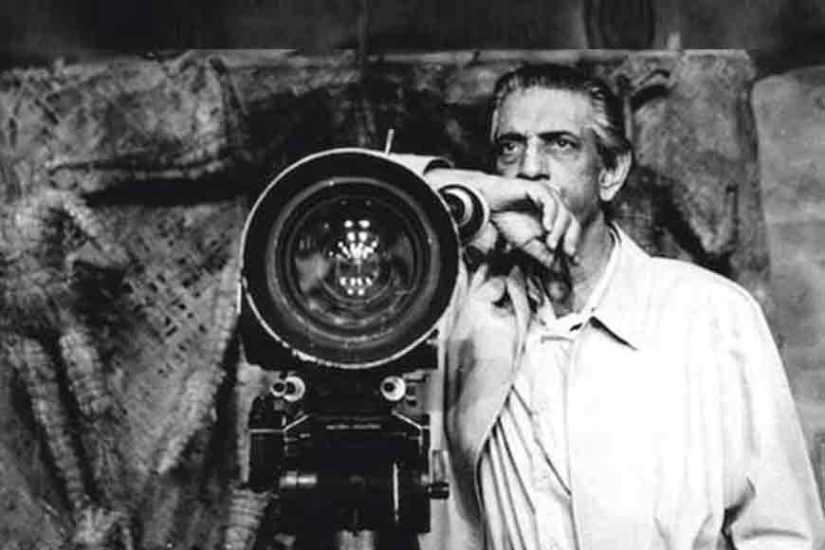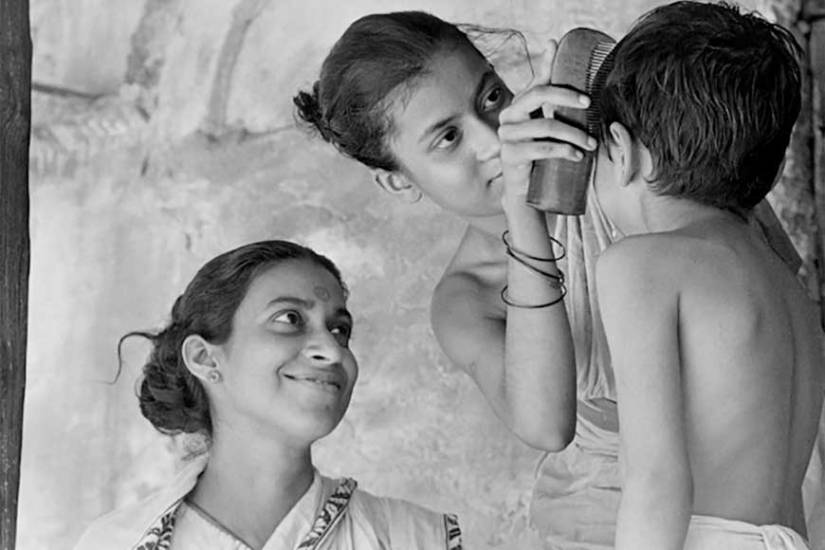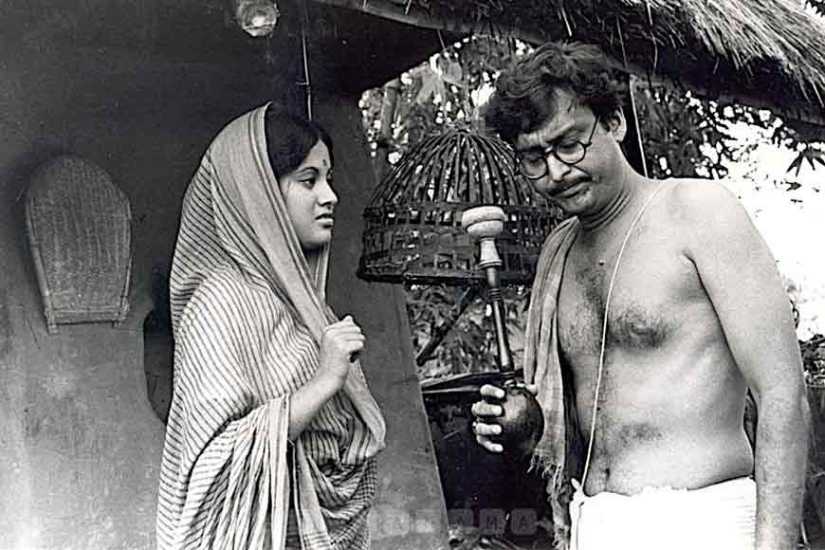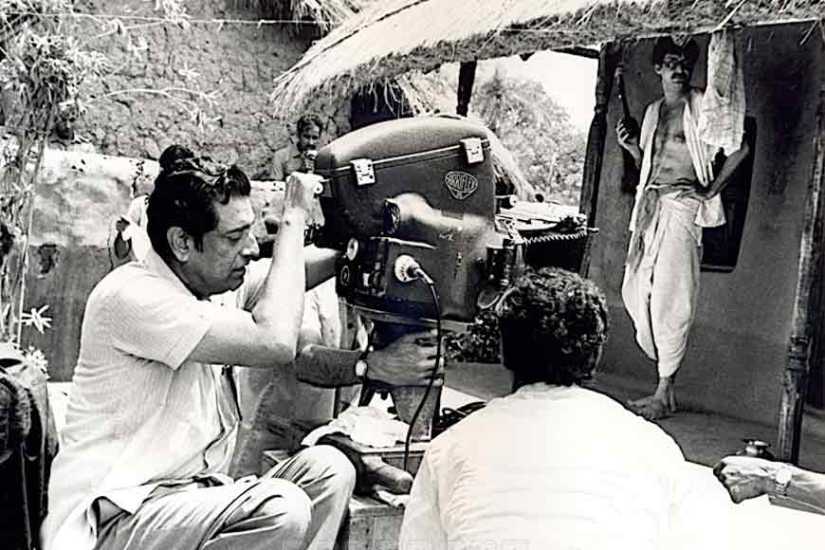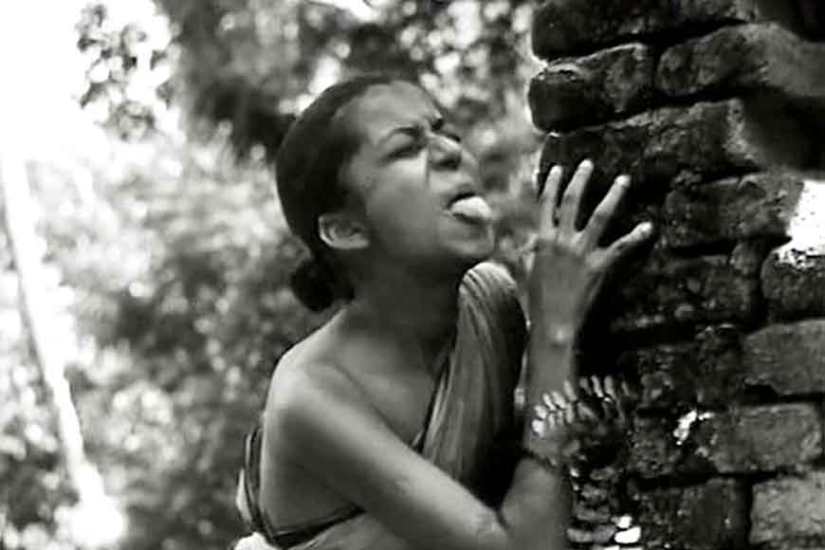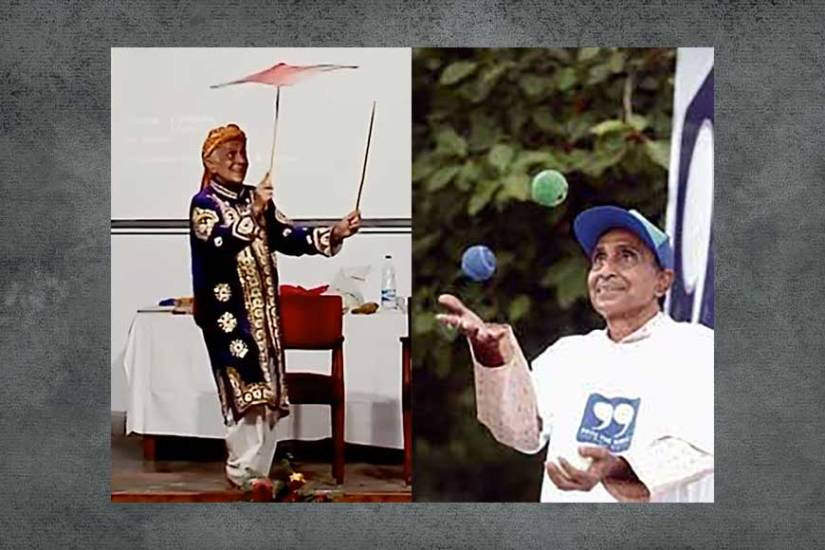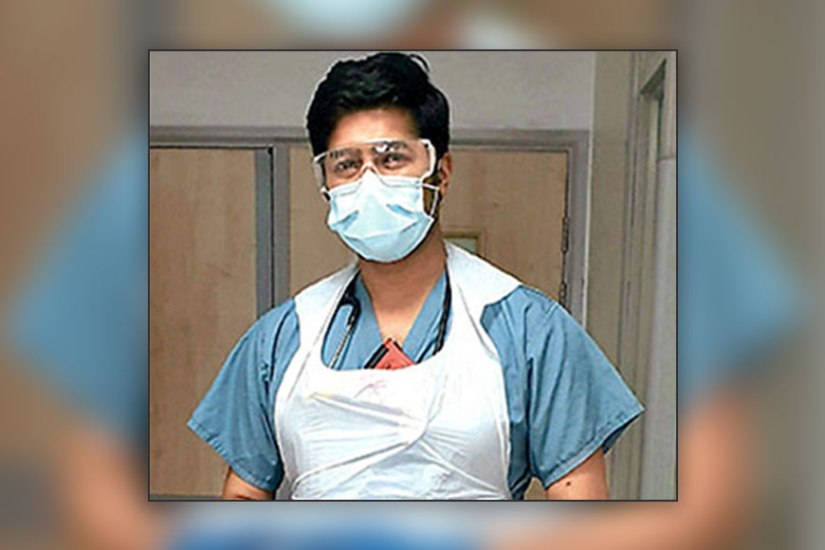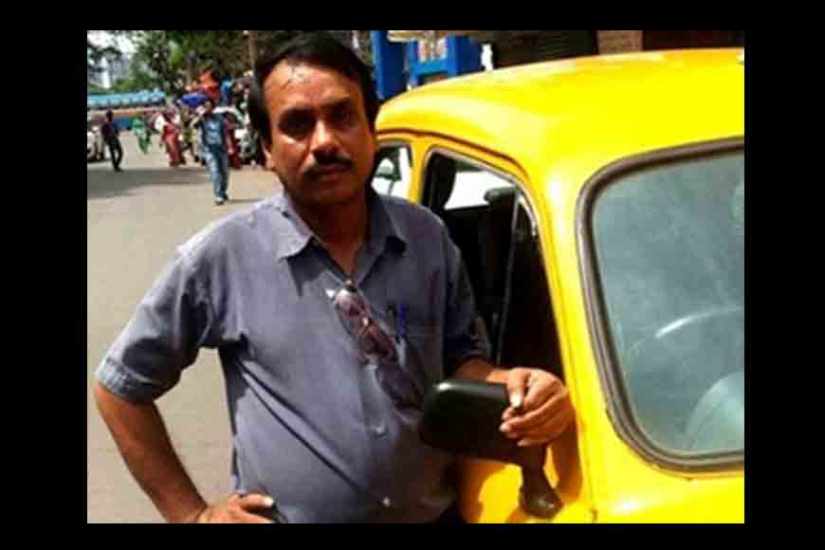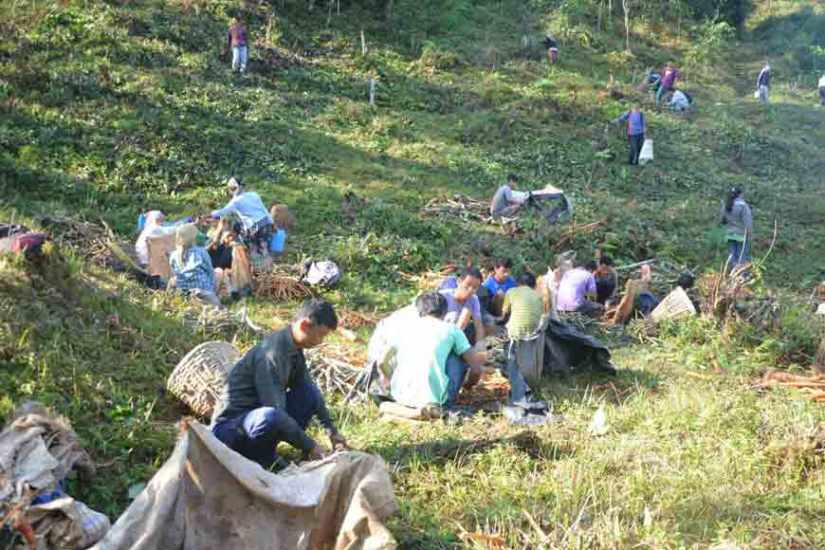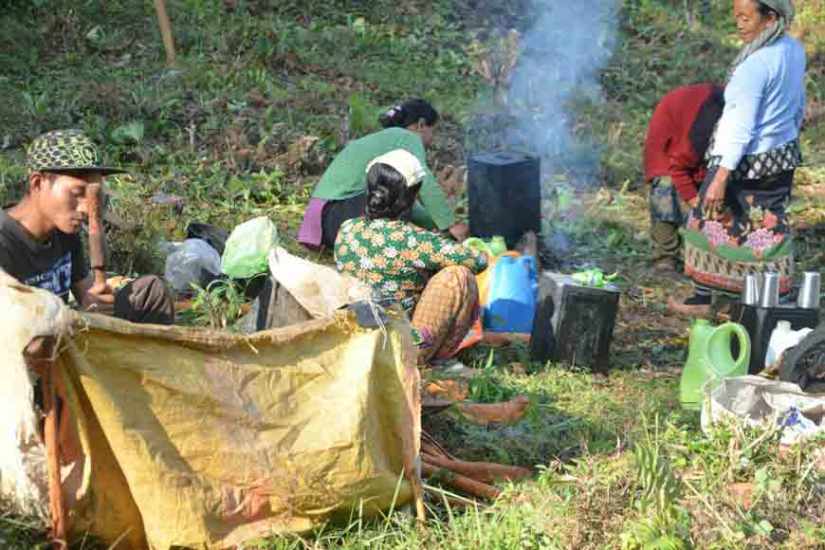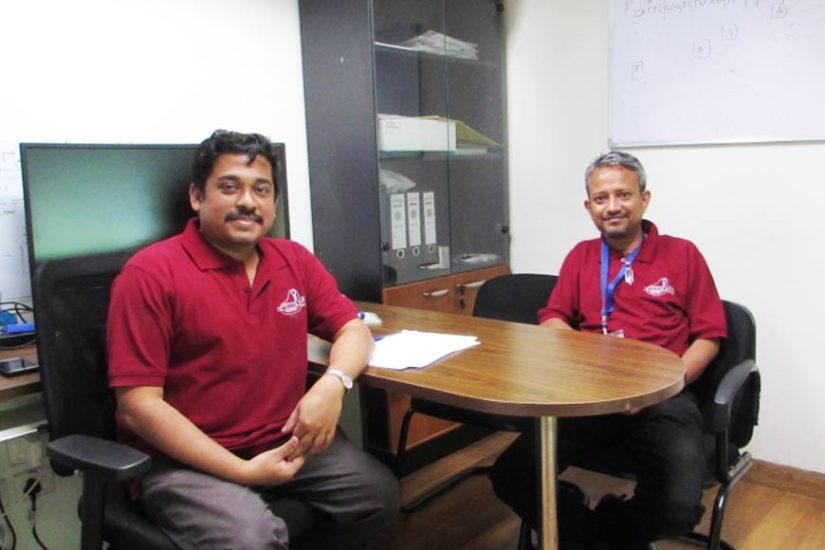
Dear Humans,
I am breathing at last, yes my wounds are healing too, my sky looks crystal clear, not a tinge of soot and smoke and my birds sing in glee. All my creatures have found their homes on the silent and abandoned city streets as you went back to your confinement, within the four walls of your homes. Yes, COVID-19 virus has probably made you realize at last how a caged bird or a zoo animal feels as you enjoy their lack of freedom, as you force them behind bars.

Yes, I am breathing at last, my own pool of oxygen that has risen above the loads of carbon emission that your vehicles and factories produce daily, scripting my slow poisoning tale, pushing me to eminent death. I shed tears as my clouds pour down acid rains, heavy with sulphur and nitrogen-di-oxide, choking my every breath, every joy and every free alveolus. My heart skips a rhythm as you chop off one tree after the other, clearing forests to set up industries and mines and what not! From the deadly forest fires of Australia to that of the Amazon, from the bush fires of Susunia Hills of Bankura to the jungles of Kenya, I burn and you hold seminars talking of zero-carbon emission and global warming. A lot of discussions, but no actions on ground ever. Across the globe, every government makes tall talks about climate change, but refuses to sign an agreement to cut down carbon emissions.

You breed, you take away the natural habitat of my animals and birds. I watch helplessly, as the arctic snows melt, as a starved mother Polar Bear walks around trying to feed its cub that would probably die in hunger, I shed tears watching the Amazon rainforest burn, killing exotic macaws, I watch in shame as you chain the Orangutans of Indonesia’s largest rainforests to make them work as slaves! Now you have no control. They are roaming free, they are happy. Peacocks are spreading their hue on the roads of Rajasthan, deer and even leopards are roaming city streets, monitor lizards walking past busy thoroughfares in Bengal and all my birds enjoying the silence of the urbanscape. For them and for me, it’s a new found love, that you robbed us off, decades ago in the name of modern urbanization.
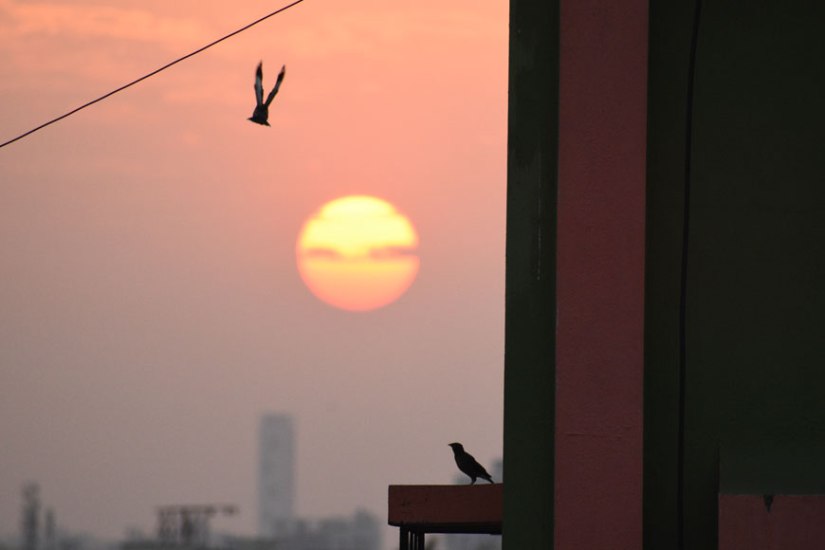

Yes, I heal at last, a reboot button, pressed by none other than me. You killed even my wildlife, cooked them into meals, you did not even spare the flying mammals – the bats, or even a rare pangolin, you ate them too, bringing in a deadly virus that invades you and today you stand helpless. As you die, I heal. But believe me, humans and Mother Nature should have lived in harmony, only if you could have controlled your greed. You could not, I silently bled. Till now, when I smile again, and enjoy my freedom. Yet, I shall still keep giving you flowers, to be put on your graves and hold the hands of your new generation and let them play again on my green fields. Let them learn what harmony and love is all about. I promise, once you rise from these embers, you too will heal. Best of Luck. May you win over a tiny virus and learn to conserve me to avoid such a pandemic again in future.
Sending you a whiff of my rain-soaked breeze to heal you too.
Mother Nature




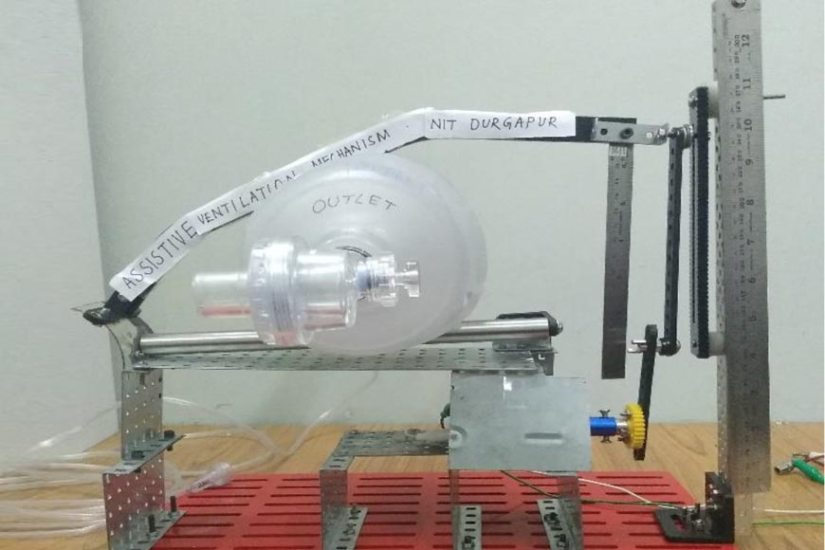
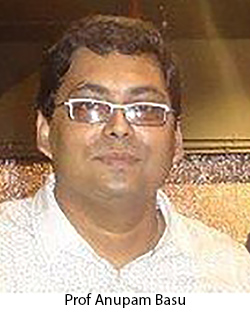 At a time when an increase in number of COVID-19 patients can lead to a shortage of ventilators in India, this Ambu Bag ventilator can come to the rescue. Generally, this medical apparatus is hand operated by highly skilled health-staff and getting so many staff engaged for each patient can be a problem in the current situation where the number of patients is quite high. Therefore, the present situation demands automatic pressurization of the Ambu bag and an affordable but reliable mechanism for the same. The mechanized Ambu Bag ventilator invented by NIT Durgapur students is economic, simple and amenable to easy production. The required clinical parameters of Ambu bag pressurization, such as strokes per minute, volume per stroke, etc can be controlled mechanically. A wonderful name has been given to these ventilators — PRANESH. Indeed, they will act as a messiah of life, or praan. The systems have been clinically tested and till now have been found satisfactory enough for crisis situations meeting the clinical requirements.
At a time when an increase in number of COVID-19 patients can lead to a shortage of ventilators in India, this Ambu Bag ventilator can come to the rescue. Generally, this medical apparatus is hand operated by highly skilled health-staff and getting so many staff engaged for each patient can be a problem in the current situation where the number of patients is quite high. Therefore, the present situation demands automatic pressurization of the Ambu bag and an affordable but reliable mechanism for the same. The mechanized Ambu Bag ventilator invented by NIT Durgapur students is economic, simple and amenable to easy production. The required clinical parameters of Ambu bag pressurization, such as strokes per minute, volume per stroke, etc can be controlled mechanically. A wonderful name has been given to these ventilators — PRANESH. Indeed, they will act as a messiah of life, or praan. The systems have been clinically tested and till now have been found satisfactory enough for crisis situations meeting the clinical requirements.